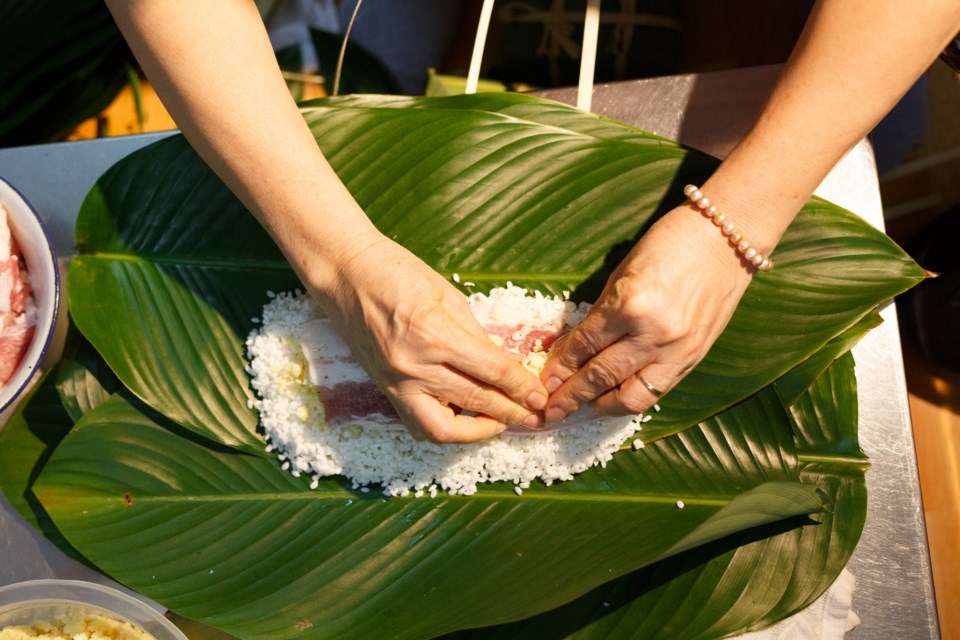A local polytechnic is hoping to give its students a piece of home and a taste of other cultures by holding an inclusive Lunar New Year celebration.
Lunar New Year is celebrated by many Asian countries and regions such as China, Vietnam, Korea and Tibet, which all have diverse traditions and cultural practices in relation to the holiday.
For example, it’s the year of the cat rather than the rabbit in the Vietnamese New Year, called Tết. In Korea, children keep new year money from elders in embroidered pouches called bokjumeoni rather than red packets on Seollal, the Korean New Year, and colourful prayer flags adorn Tibetan houses and monasteries during Losar, the Tibetan New Year.
Such diversity is exactly what KPU aims to highlight in its upcoming Lunar New Year fair at the Richmond campus on Jan. 26.
“Lunar New Year is one of those big (holidays) where I’m not gonna say a lot of people, but some people in the Western Hemisphere only know it as Chinese New Year,” said Sarah Garcia, manager of international student events and transitions at KPU.
“So, it’s important to us to not only celebrate that portion of it but also celebrate for the other students from other places, like Vietnam, Malaysia... There are so many other students that want to participate and want to show off things that they do at home.”
The event, along with KPU’s offering of other cultural celebrations, aims to bring people from various cultures together to build connections and encourage dialogue, said KPU International’s director of global engagement, Zainab Al-koubaisi.
The student-driven celebration will feature a wide variety of booths including one educating fellow students on Vietnamese New Year traditions, red packet giveaways, and crafts such as playdough dumpling-making and paper-cutting tutorials. Participants will also get to enjoy festive treats and teas.
Al-koubaisi told the Richmond News that the key to making such a multicultural event inclusive is to open the event to anyone interested in participating, including faculty and staff.
Listening to people from relevant parts of the world and conducting your own research are also crucial things to bear in mind, Garcia added.
In addition to the diverse booths at the fair, organizers opted for common motifs rather than focusing on the rabbit, as not all cultures are celebrating the year of the rabbit.
While it’s impossible to recreate all aspects of each culture’s celebrations, the event hopes to give students, as well as staff and faculty, a piece of home so they feel supported, heard and included.
“At the end of the day, we want them to walk in and be like, ‘Oh, this is from my part of the world.’ It’s so exciting to get to participate in something, especially when you’re so far away from home,” said Garcia.


